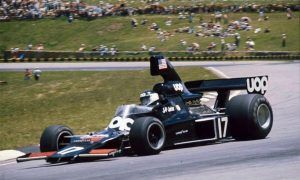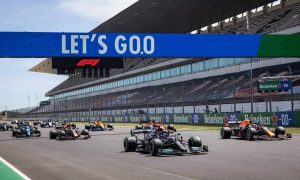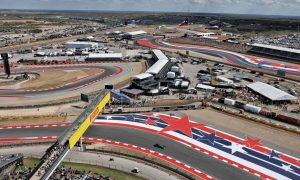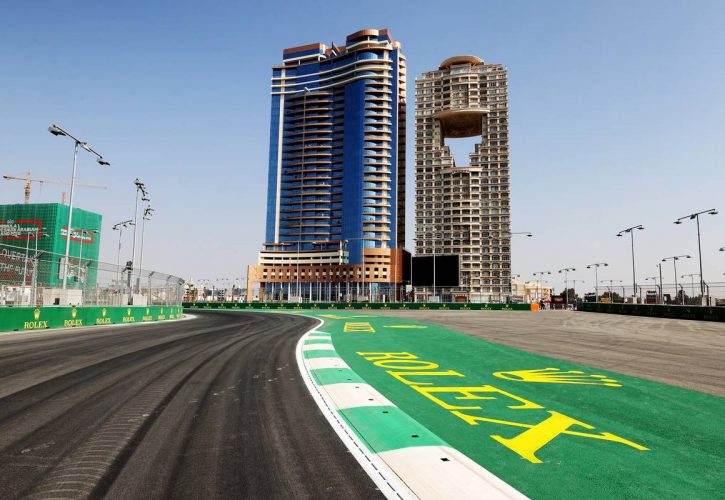
Saudi Arabia's Jeddah circuit that hosted the country's maiden F1 Grand Prix last December has undergone a few modifications that will improve the track's safety but also make it faster.
Formula 1 gave the new venue a thumbs up last year, praising Jeddah for setting up the 6.174 km Corniche circuit and its facilities in less than twelve months.
There were nevertheless concerns expressed by F1's drivers ahead of the race over the circuit's final sector that features a string of fast sweeps and blind corners.
Unfortunately, those worries proved valid on race day.
On the second restart, as the field barreled into Turn 3, a contact between Charles Leclerc and Sergio Perez sent the Red Bull driver spinning amid the pack.
An unsighted George Russell arrived on the scene and hit the brakes only to be collected from behind by the Haas of Nikita Mazepin who was caught out by the commotion in the blind corner.
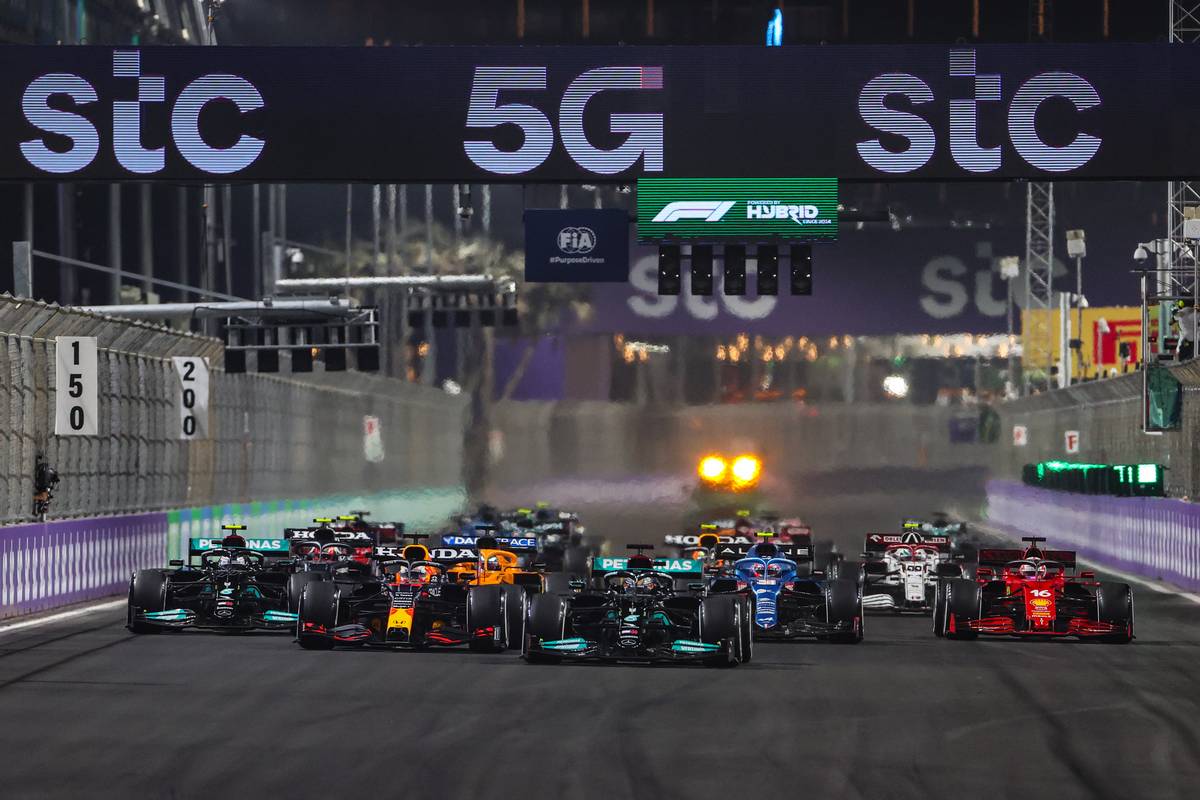
Saudi Arabian Grand Prix boss Martin Whitaker says that changes implemented at the track ahead of this month's second event have improved sight lines in several areas while a reprofiling of Jeddah's final Turn 27 - where Max Verstappen crashed in qualifying - has led to the corner being widened by 1.5 metres on its exit, a change that should boost average speeds.
"The footprint of the circuit remains the same, apart from Turn 27," Whitaker said. "We've just moved some of the barriers back a little bit in certain areas so it improves the sightline through that corner.
"It could make [the lap] a little bit quicker, one imagines, if it's not fast enough already. Most of the changes have effectively been done this year. I think we've effected between seven and 10 of the changes they were looking for. The rest will take a little bit longer.
"For example, the sightline on the inside of Turn 23/24 is a bigger task, and we just didn't have the time to do that.
"That's one area where I think the FIA race director can help in terms of telling the driver to be wary when they're going through, or not to slow down there when on a qualifying lap."
Whitaker says the maximum amount of work was undertaken within a limited period of time, with just fifteen weeks separating Saudi Arabia's two races.
The Briton suggests the FIA will need to enforce a directive to help mitigate risks of a run-in between faster and slower cars in the Turn 23/24 complex, especially in qualifying.
"The speed of the circuit is such that drivers were arriving very quickly on slower cars," Whitaker said. "I think the main issue there was not so much the race, but more in qualifying, where you've got cars backing off to take advantage of a decent lap.
"The FIA can do things about them obviously, because in the drivers' briefing they can tell people they can't slow down in certain corners or around certain areas.
"But predominantly, it was felt much better for us as the promoter and the organisers of the circuit to look at what we could do."
Keep up to date with all the F1 news via Facebook and Twitter




